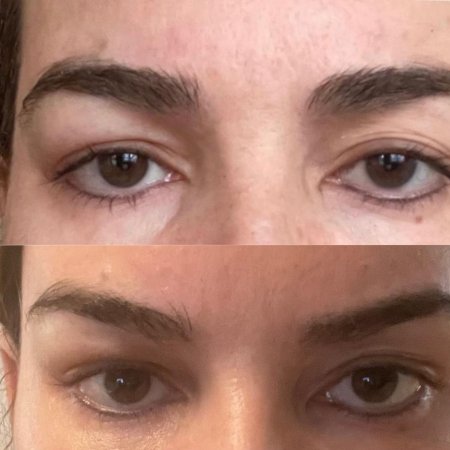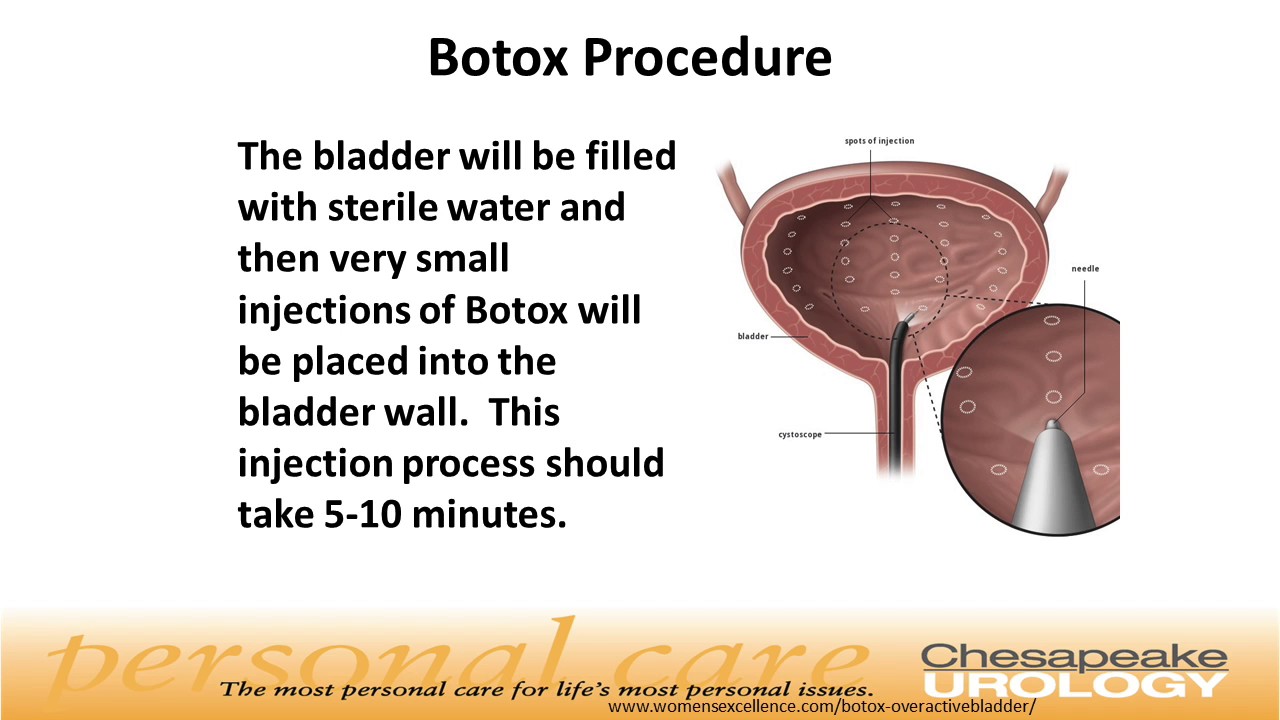
Perhaps you are considering eye Botox. What are the side effects, and how much does eye Botox actually cost? For more information, please read the following. We will cover eligibility, costs, and recommendations. Visit our page on eye Botox to learn more. Also, stay tuned for our upcoming article on the cost and side effects of eye Botox.
Cost
The cost of eye Botox will vary depending on which type of treatment is chosen, how many units required, and how often you need them. You may be eligible for insurance coverage if you have regular treatments. However, they will cost less than annual ones. The procedure is covered for medical reasons if it is prescribed by a board-certified physician. If your medical condition is cosmetic in nature, however, you may not qualify for insurance coverage. Your insurance provider will likely require you to submit a medical record and a prior authorization for treatment.
In New York, some doctors charge by the area or unit treated. Although the price per unit can vary, it can be anywhere between nine and twenty dollars. A single eye will receive five units, and if you need more, it will cost more. But, medical insurance generally does not cover cosmetic Botox treatments. The cost of eye Botox varies significantly, so it is advisable to talk to a doctor before undergoing the procedure.

Side effects
Eye botox injections work by relaxing the muscles that control eye movement. People with strabismus may experience an abnormal muscle tone or eyelid movement. This condition is often caused by nerve damage around the eyeball or leading from the eye to the brain. As a result, visual signals sent from one eye may not be properly interpreted by the brain. Botox injections may be able to decrease or eliminate the onset and progression of these conditions.
Drooping eyelids are another side effect. Botox injections between the eyebrows can cause drooping of the eyelids. Botox may be injected into the forehead. Patients who have lowered their eyebrows might also notice a decrease in their vision. Eye drops and ointments are available to treat the eyelid droop. As a side effect, some patients might experience dry eyes.
Recommendations
Here are some tips for those who are considering eye Botox. The most important one is that you avoid direct sunlight for at least an hour after the procedure. Wear UV-protective sunglasses and sunscreen whenever you can. Make sure you wear sunglasses that provide UVA/UVB protection. It is also important to keep your stress level low in order to protect your eyes.
In some cases the eyelid muscles may twitch involuntarily. This condition is known as myokymia. It can affect either one or both the upper and lower lids. Sometimes, both eyelids twitch excessively. Botox injections can be used to decrease the spasm in your eyelids. Botox injections can cause serious side effects if not approved by your doctor.

Patient eligibility
Some insurers don't cover eye botox. Medicare does. Medicare Part A covers botox and most prescription drugs. Ask your doctor about your insurance coverage before you undergo the procedure. The insurance company will verify whether the procedure can be covered and then approve payment. You may have to pay a copayment, but this is usually less than $20. Your doctor will give you a list of recommended treatments after your initial consultation.
Medicare will cover most costs for eye botox. But you might need to pay some of it yourself. Prices will vary depending upon how many Botox injections you require. It is a good idea to see a doctor if you don’t have insurance before having Botox. Your medical history will be required by the doctor. Because Botox can interact with certain medications and procedures, your doctor might ask about your medical history. Your doctor might ask about your current anti-depressant and blood pressure medication. Prescription medicines such as painkillers may also be required. You may also require anesthesia, numbing or cream.